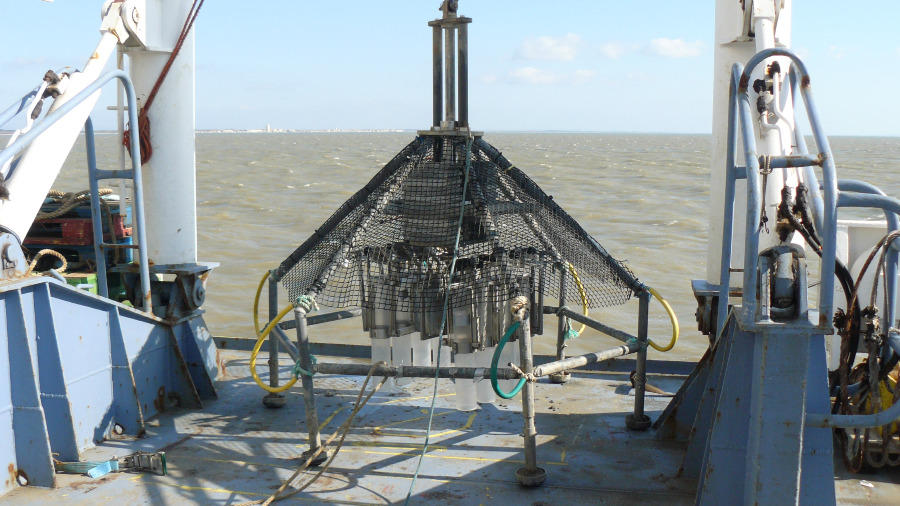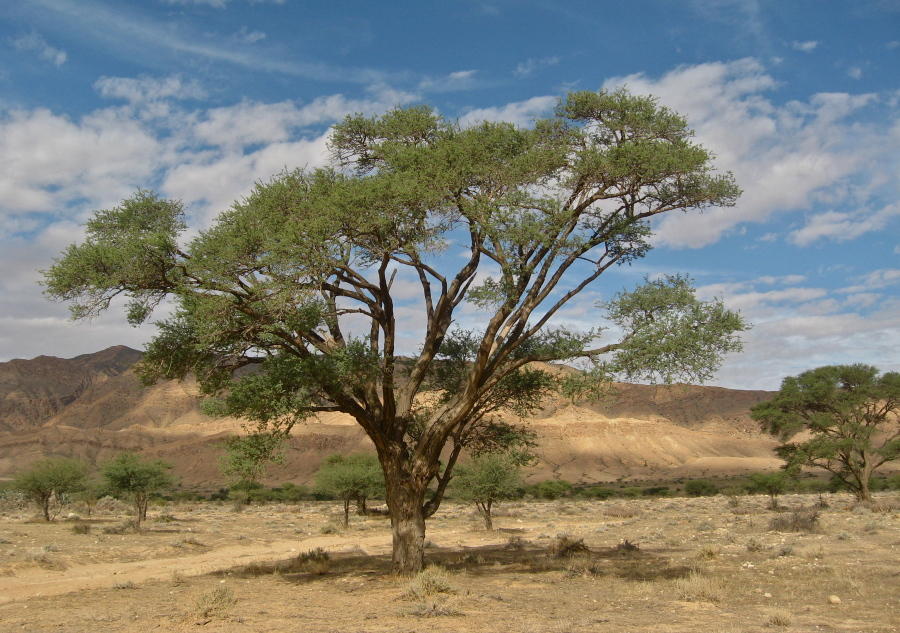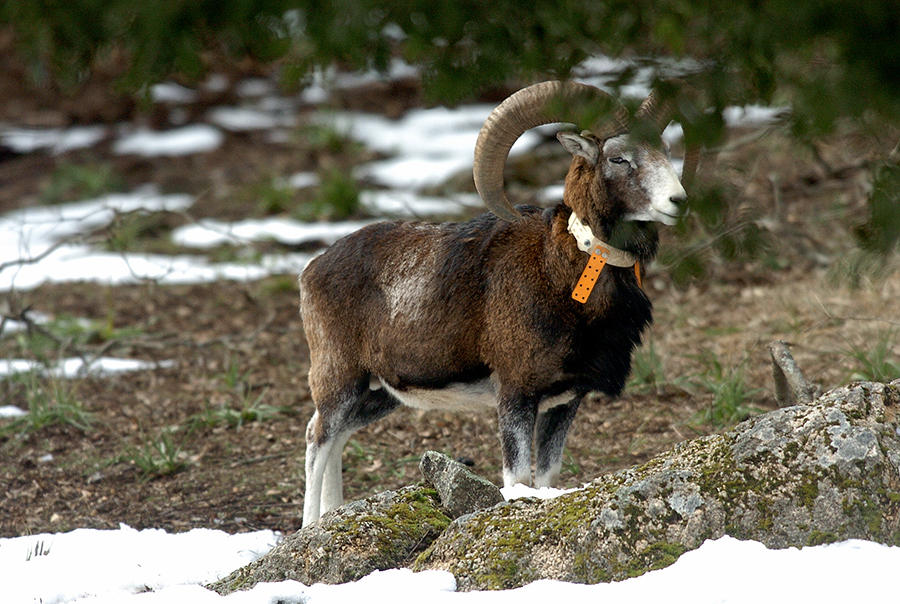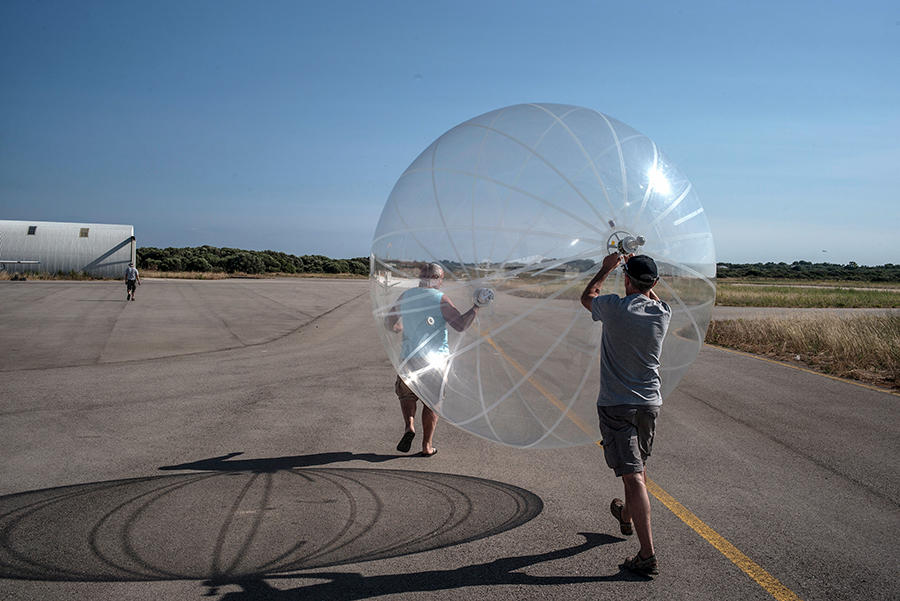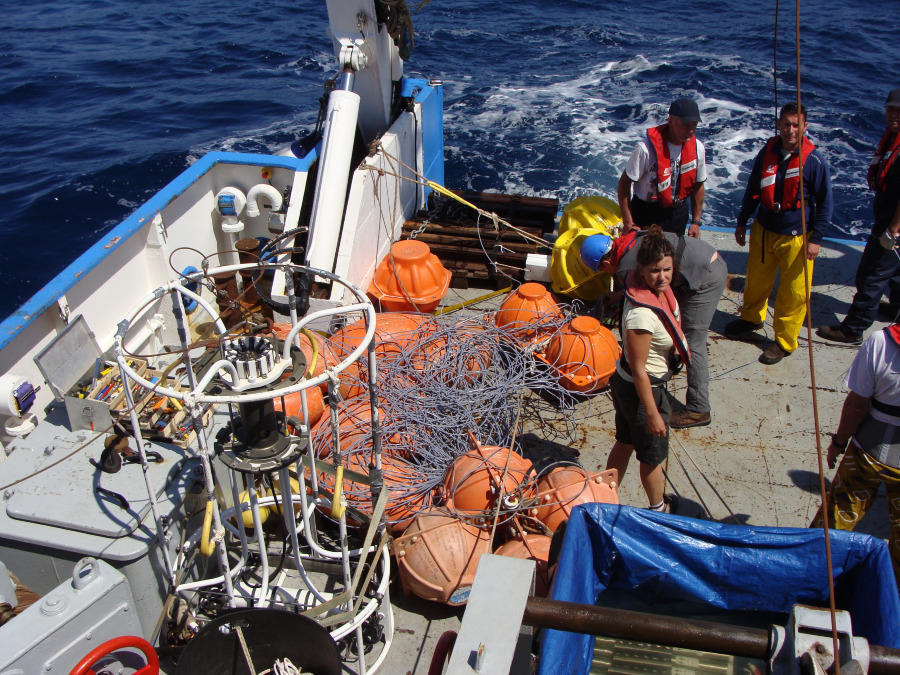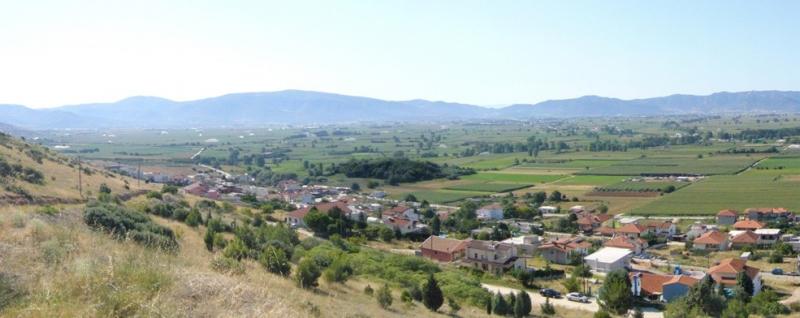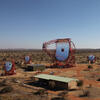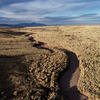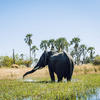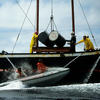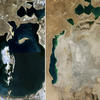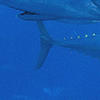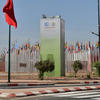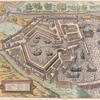You are here
MISTRALS gives fresh impetus to research in the Mediterranean

Located at the junction of three continents, as well as being the birthplace of agriculture in the Middle East’s Fertile Crescent, the Mediterranean basin holds a central position both in the history and future of humanity. However, the region is particularly vulnerable, with temperatures rising faster than the worldwide average. So much is at stake that more than a thousand researchers from some thirty countries decided to come together in the MISTRALS (Mediterranean Integrated STudies at Regional And Local Scales) programme. Set up in 2010 by the CNRS, this coordinated research initiative is coming to a close this year, providing an opportunity to present a broad overview of the Mediterranean region.
“The idea of setting up a major Mediterranean project bringing together French researchers was first mooted in 2005 during a scientific foresight study organised by the CNRS’s National Institute for Earth Sciences and Astronomy (INSU),” explains Cyril Moulin, the Institute’s deputy director and head of MISTRALS since 2017. “The initiative subsequently met with a favourable political response and led to the creation, strongly promoted by France in 2008, of the Union for the Mediterranean, which aimed to boost collaboration between European and Mediterranean countries.” In addition to the CNRS and the French National Research Institute for Sustainable Development (IRD), ten other French public research organisations1 gradually became involved in the structure. Despite MISTRALS' efforts to internationalise the programme, other countries unfortunately did not follow suit in terms of funding. However, MISTRALS has held firm: “We have nonetheless managed to work with many colleagues from outside of France,” Moulin points out.
MISTRALS comprises various thematic components, divided into five main areas: climate, environment and societies; the water cycle and extreme events; pollution and contaminants; ecosystems and biodiversity; and impacts of climate change in the 21st century.
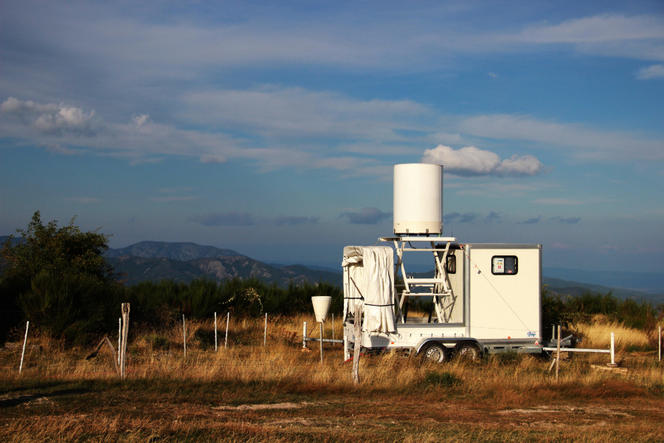


Expertise on the water cycle and extreme events
Historically, the first two MISTRALS programmes were HyMex(link is external) and MerMex. HyMex focuses on the water cycle, which has become crucial in the Mediterranean. While southeastern France is experiencing increasingly severe droughts and torrential rain, the southern shores of the Mediterranean are far worse off. “Part of southern Morocco’s water supply used to come from snowmelt in the Atlas mountains,” Moulin points out. “But in the past few years, there has been practically no snow.”
Decision-makers pre-empted this by building dams to release water gradually, but this move severely impacted watercourses and wadis downstream. The Sicmed(link is external) programme has shown that, in the Maghreb, dams have completely disrupted river flows and sediment supply, modifying the coastline and marine biodiversity. MISTRALS is attempting to raise societies’ awareness of the potential consequences of measures aimed at adapting to climate change.
Meanwhile, MerMex is pursuing a series of regional projects concentrated around the Gulf of Lions. “As early as 2005, the French Met Office, Météo-France, began bringing together experts in extreme weather events such as Mediterranean episodes, in order to anticipate them better,” says Xavier Durrieu de Madron, CNRS senior researcher at the Centre of Education and Research on Mediterranean Environments (CEFREM).2
Combining physics, chemistry and biology, MerMex studies the response of marine environments to such events, as well as to climate change and human activities in general. “The Mediterranean ecosystem is divided into several interacting compartments, and we need better models if we are to understand their roles,” the scientist adds. “This means collecting as much data as possible so that we can validate and improve these models” – an issue that has been addressed by several MerMex-related campaigns.
The PeaceTime experiment, for instance, focused on dust from the Sahara. Although the red rain that carries it can be found as far north as France, it mainly affects the sea, providing numerous mineral salts that plankton feed on. PeaceTime investigated such deposits and dissolved substances in various basins in the Mediterranean, thus also contributing to the CharMex programme.
Specific features of the Mediterranean concerning climate change
Other campaigns have focused on convection at sea. In winter, very dense water forms in some parts of the Mediterranean and sinks to great depths. This movement returns nutrients to the surface, accelerates plankton growth, reoxygenates deep water, and contributes to heat exchange between the sea and the atmosphere. However, there is a strong likelihood that climate change will reduce the formation of dense water, disrupting the region even further. This kind of feedback, a vicious circle in which the effects of global warming further accelerate it, is a major cause of concern for MISTRALS. “The campaigns carried out in the eastern Mediterranean were far from straightforward,” says Durrieu de Madron. “Because of a dispute concerning their respective sovereignties, we were not allowed to collect data in the waters between Greece, Turkey and Cyprus. But this didn’t prevent us from collaborating with scientists from these countries.”
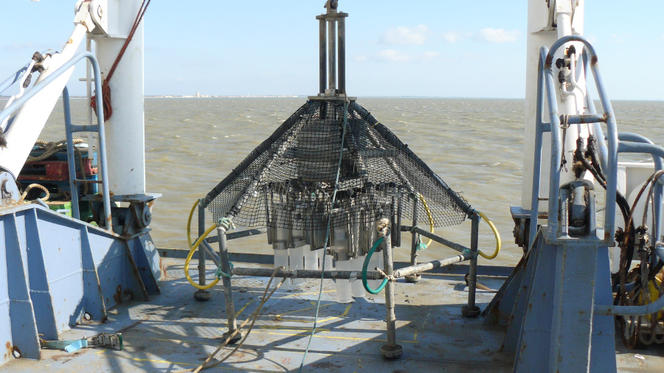
Since climate change is impacting Mediterranean regions in different ways, it is essential that no area be overlooked. Yves Tramblay, an IRD researcher at the HydroSciences Montpellier (HSM) laboratory3 coordinated ImpactCC(link is external), one of MISTRALS’ interdisciplinary programmes. “We already know that the Mediterranean is warming faster than the rest of the planet,” he says. “However, we need to measure the consequences of this phenomenon in different domains, such as water resources, extreme events, biodiversity, agriculture, marine environments, and so on.”
Forming part of ImpactCC, Med-Cordex(link is external) produces climate simulations specific to the Mediterranean, which are then used in MISTRALS’ various programmes in order to study the water cycle, biodiversity and agriculture. The issue of heavy rainfall and flooding events in the region, like those that recently struck the Nice area, is central here.
These are so many threats that affect the populations and unique biodiversity of the Mediterranean, where interactions between humans and nature are as old as they are crucial for the planet’s future.
Thousands of islands with vulnerable biodiversity
Developed by the Research Centre in Ecology and Evolutionary Ecology (CEFE)4 and the Mediterranean Institute of Marine and Terrestrial Biodiversity and Ecology (IMBE),5 BioDivMeX focuses on biodiversity and its interactions with human populations over the past few thousand years. “The Mediterranean region is one of the world’s main centres for cultivated plants,” points out Yildiz Aumeeruddy-Thomas, CNRS senior researcher at the CEFE, and co-coordinator of BioDivMeX. “Wheat, rye, barley, oats, grapes, olives, lavender, figs and almonds all originated there, as did sheep, goats and donkeys, forming a rich agrodiversity that we must maintain and protect.”
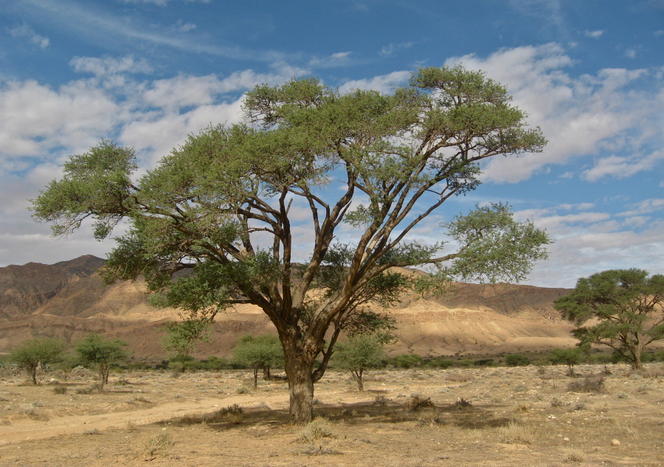
The Mediterranean is home to several thousand islands, of which around three hundred are inhabited, some of them since prehistoric times. This situation is conducive to the emergence of endemic species. “The Corsican mouflon, the island’s iconic animal, is in fact a domestic sheep that arrived with the first settlers and subsequently returned to the wild,” explains Aumeeruddy-Thomas. Islands are vulnerable, since they are small territories subjected to global upheavals.
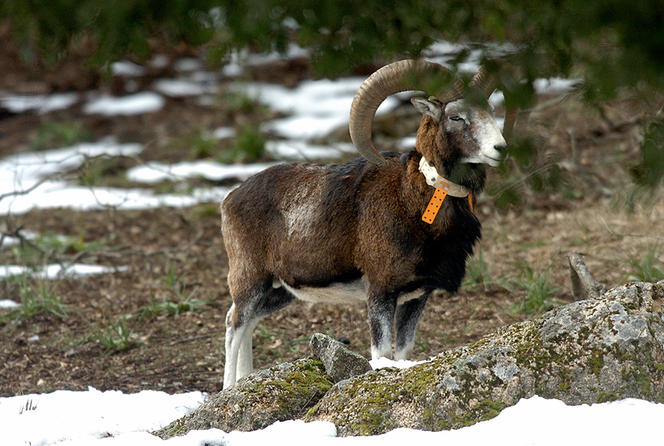
Mediterranean agroecosystems, such as those in North Africa or in small islands, have remained traditional and are still very diverse. BioDivMex focused on local practices and varieties, which are as many technical and genetic resources that could inspire new agricultural models in the face of climate change. They too are under threat. For instance, the odours released by figs and lavender are sensitive to temperature and to ozone pollution. This could confuse pollinators, which might no longer be able to play their role. MISTRALS has dedicated several projects to such changes.
Pollutants that flow from one ecosystem to another
“CharMex focuses on convergence zones, where pollution mixes with natural emissions,” explains Agnès Borbon, a CNRS researcher at the LAMP laboratory.6 “The region’s abundant sunshine facilitates chemical reactions that produce secondary aerosols which are sometimes harmful. We make use of both ground stations and mobile facilities, including a research aircraft, to monitor the transport and evolution of these particles in real time.” The objective is to identify the sources of atmospheric pollutants.
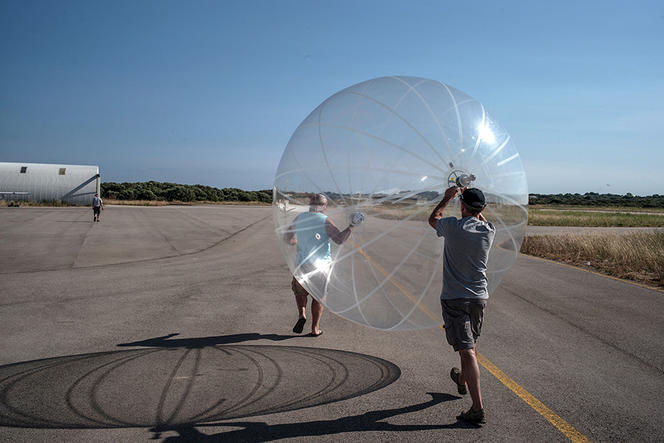
“As part of MerMex and ATP&C (Pollution and contaminants cross-disciplinary programme), we studied the pelagic environment of the water column and the land-sea interface,” explains Jacek Tronczynski, a researcher at IFREMER’s Biological Resources and Environment department. “We investigated contaminant inputs from major rivers such as the Rhône, and their fate in the Gulf of Lions. Beginning with fish such as hake, we worked downwards to the organisms at the lowest trophic level in order to identify transfers of contaminants within the marine food chain.”
A wide spectrum of pollutants has been found right down to the level of plankton and sediments, including hydrocarbons, polychlorinated biphenyls (PCBs), mercury and other trace metals, microplastics, and even artificial radioactive materials such as caesium-137. “The MISTRALS Hippocampe campaign enabled us to deploy methods and techniques for the collection and processing of large amounts of plankton,” adds Marc Tedetti, an IRD researcher at the Mediterranean Institute of Oceanography.7 “They exhibit a huge variety of shapes and sizes, to which it is necessary to apply specific chemical and taxonomic protocols in order to understand the build-up and transfer of contaminants within plankton networks.”

The researchers have shown that, even underwater and out at sea, much of the pollution is contributed by the atmosphere. These substances are produced by forest fires, farming, and maritime transport. It turns out that the many compartments of the Mediterranean ecosystem are not at all sealed off, and that pollutants flow from one to another. “Just like the virus that is currently raging , contaminants know no borders,” warns Tronczynski. “Even for some legacy pollutants like PCBs, which were banned around forty years ago, pollution levels remain high. Research into micro- and nanoplastic fragments in the water column was also lacking, but we have now begun to identify their concentrations, structure and composition.”
Mediterranean climate records
In addition to the problems related to present-day pollution and its evolution, MISTRALS devoted part of its work to the study of past climates and the way in which humans adapted to them. “PaleoMex puts the contemporary situation into perspective,” says Laurent Lespez, a lecturer at Paris-Est Créteil University and a member of the LGP.8 “Climate oscillations have occurred repeatedly since the last glacial period, and we have examined their impact on the environment of archaeological sites.”
Lesprez, who is a specialist in the Aegean world, investigated the protohistoric settlement of Dikili Tash, near the former Greek city of Philippi, founded by the father of Alexander the Great. The site is located near a vast peat bog that provides a record of the climate thanks to bioindicators such as pollen, making it possible to observe the effects of climate change on local populations over more than eight thousand years. Similar work was carried out in the ruins of the Minoan palace of Malia in Crete, an island that appears to have been severely affected during the Bronze Age by the eruption of the Santorini volcano.
“We wondered whether climate variations could have led to the collapse of civilisations in the Mediterranean,” Lespez explains. “We were able to observe not only the outcome of such changes, but also the surprising ability of these societies to adapt. The diversity of Mediterranean environments may well have helped people find new solutions. Even environments that no longer showed signs of settlement were actually still being exploited.” This conclusion cannot however be directly applied to contemporary societies, whose requirements for natural resources significantly impairs their capacity to adapt.

One present-day change impacting the Mediterranean, despite its being an almost entirely enclosed sea, is the arrival of invasive species, many of which pass through the Suez canal. These are known as Lessepsian species, after Ferdinand de Lesseps Editor’s note:1805-1894, the promoter of the Panama and Suez canals. “Red Sea blue crabs have invaded the nets and traps of Tunisian fishermen,” Aumeeruddy-Thomas points out. “As the crabs have little commercial value, this has upset the economy of the entire coastline of the Gulf of Gabes. BioDivMex experts supported their Tunisian colleagues at the national agronomic institute of Tunisia, INAT, who subsequently set up an observatory that brought together all the countries of North Africa. This initiative would not have come to fruition, had it been directly proposed by France.”
The scientific techniques passed on, combined with the fact that the Tunisian students obtained their PhDs in France, are in line with the initial purpose of MISTRALS, which was to unite and train scientists both in France and abroad, so that research would continue after the programme ended. “MISTRALS has brought teams together and formed thematic networks who are thus better able to set up new projects,” says Tramblay. “This has resulted in the emergence of a genuine community.” However, some research campaigns were postponed due to the Covid-19 pandemic and are now scheduled for next year. “This is the whole problem when you work on natural cycles,” Moulin says. “If you’re studying the flowering of fig trees or winter convection and you can’t be there at the right time, then you have to wait until the following year!” And since the major symposium planned to take place in Marseille in June could not be held, it was replaced by a videoconference on 16-18 November.
Despite its wide spectrum of disciplines, MISTRALS remains firmly focused on society. “Both political and private decision-makers need to familiarise themselves with the results of scientific research before taking final decisions about development projects such as dams,” Moulin insists. “During the three days of our conference, co-organised with the United Nations Environment Programme’s Blue Plan(link is external), we will present our findings using examples that are accessible to non-specialists. We will give pride of place to exchanges with decision-makers in the Mediterranean countries, as well as the organisations that advise them.”
- 1. The Agency for Ecological Transition (ADEME), the French Geological Survey (BRGM), the Alternative Energies and Atomic Energy Commission (CEA), the Agricultural Research Centre for International Development (CIRAD), the French Space Agency (CNES), IFP Énergies Nouvelles (IFPEN), the National Institute for Ocean Science (IFREMER), the National Research Institute for Agriculture, Food and Environment (INRAE), the Institute for Radiological Protection and Nuclear Safety (IRSN) and the French Met Office (Météo-France).
- 2. CNRS / Université de Perpignan via Domitia.
- 3. CNRS / Université de Montpellier / IRD.
- 4. CNRS / Université de Montpellier / Université Paul Valery Montpellier 3 / EPHE / IRD.
- 5. CNRS / Université d’Avignon / IRD / Aix-Marseille Université.
- 6. Laboratoire de météorologie physique (CNRS / Université Clermont Auvergne).
- 7. CNRS / Aix-Marseille Université / Université de Toulon / IRD.
- 8. Laboratoire de géographie physique : environnements quaternaires et actuels (CNRS / Université Paris 1 Panthéon-Sorbonne / Université Paris-Est Créteil (UPEC)).
Author
A graduate from the School of Journalism in Lille, Martin Koppe has worked for a number of publications including Dossiers d’archéologie, Science et Vie Junior and La Recherche, as well the website Maxisciences.com. He also holds degrees in art history, archaeometry, and epistemology.


